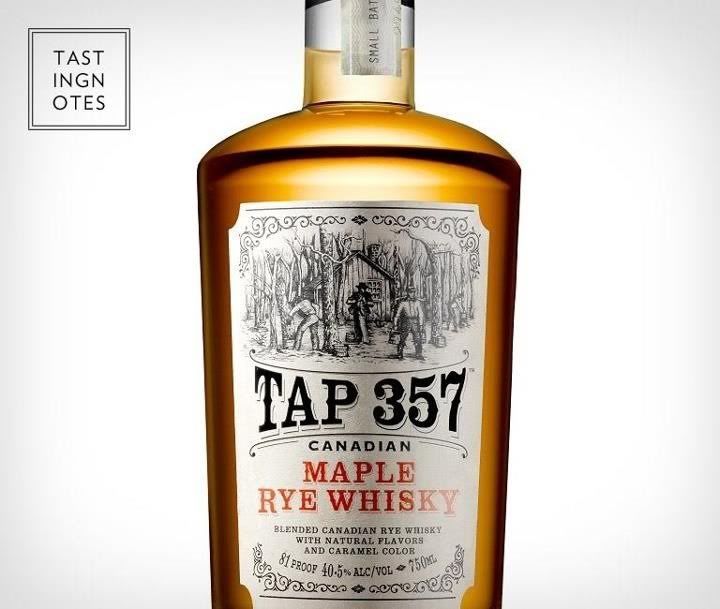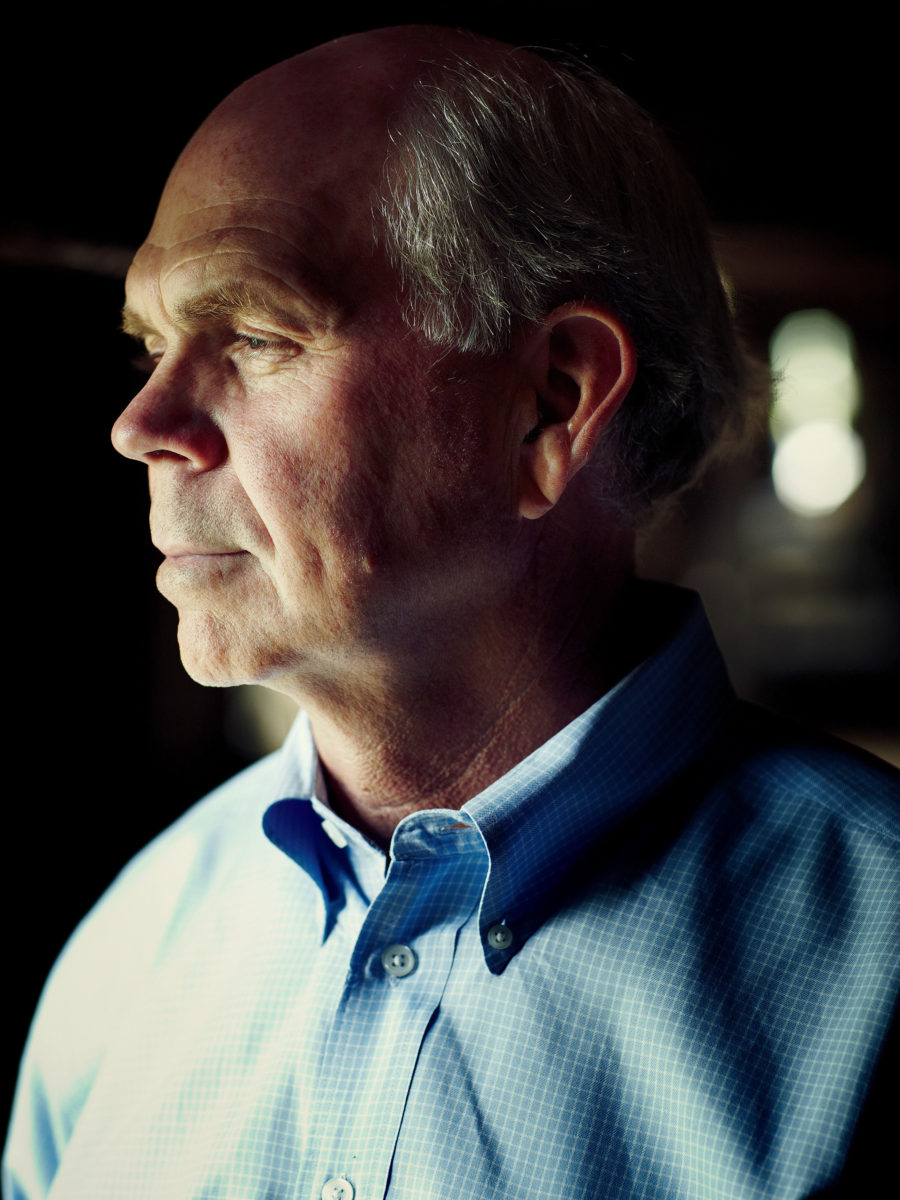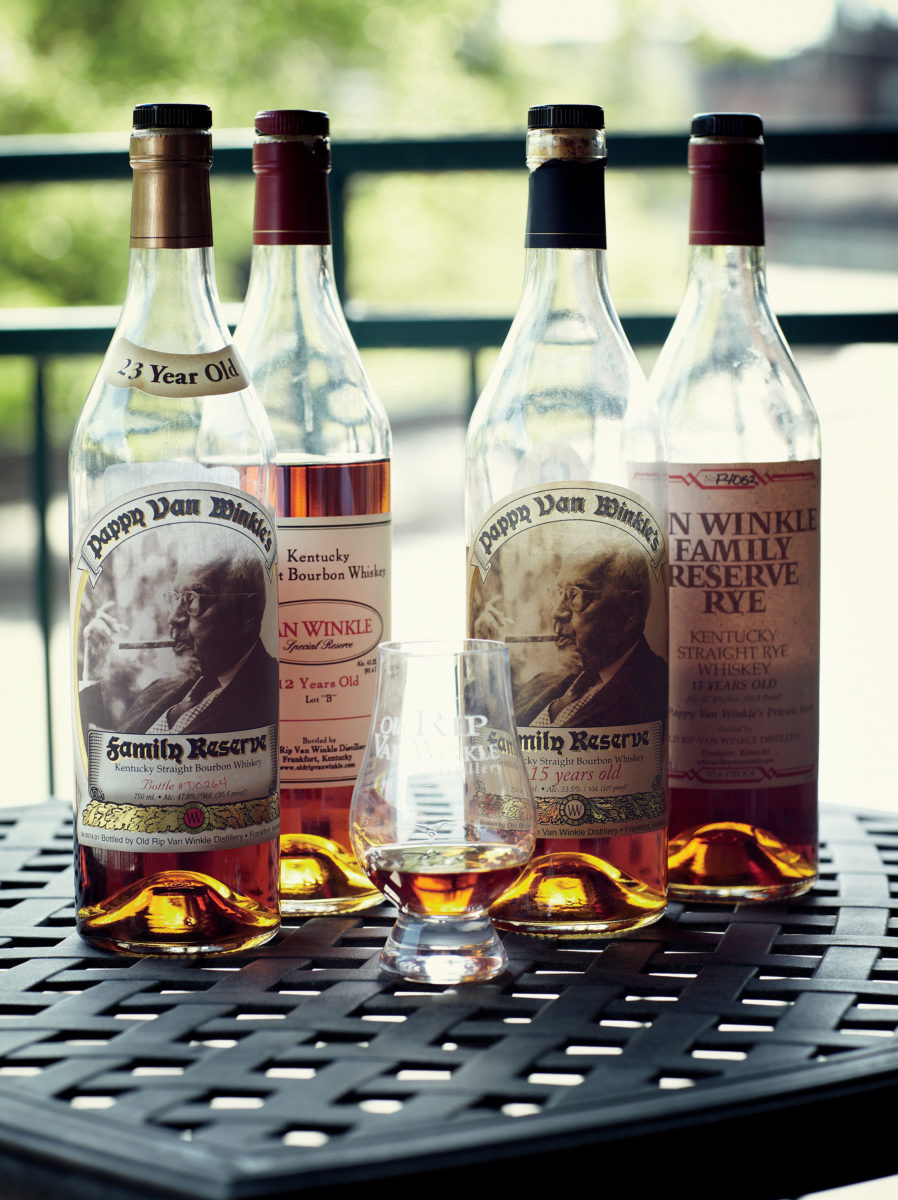Cool vid... but the surprise in the middle cracked me up.
summary:
"Here, try this... use those sampling techniques i showed you."
"ok."
"BTW, that was Dalmore 62. This is the most expensive whisky in the world. Only 12 bottles. $60,000 pounds for one bottle ($94,000 US)"
"Are you kidding?"
"No."
summary:
"Here, try this... use those sampling techniques i showed you."
"ok."
"BTW, that was Dalmore 62. This is the most expensive whisky in the world. Only 12 bottles. $60,000 pounds for one bottle ($94,000 US)"
"Are you kidding?"
"No."










Comment